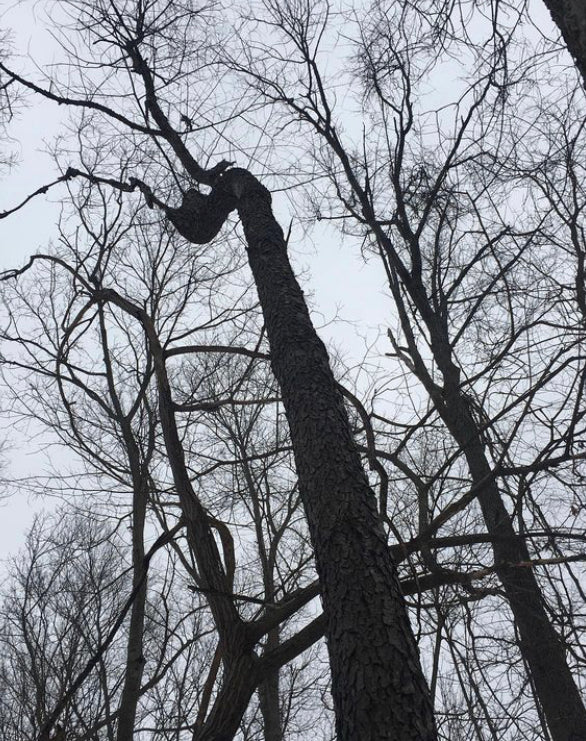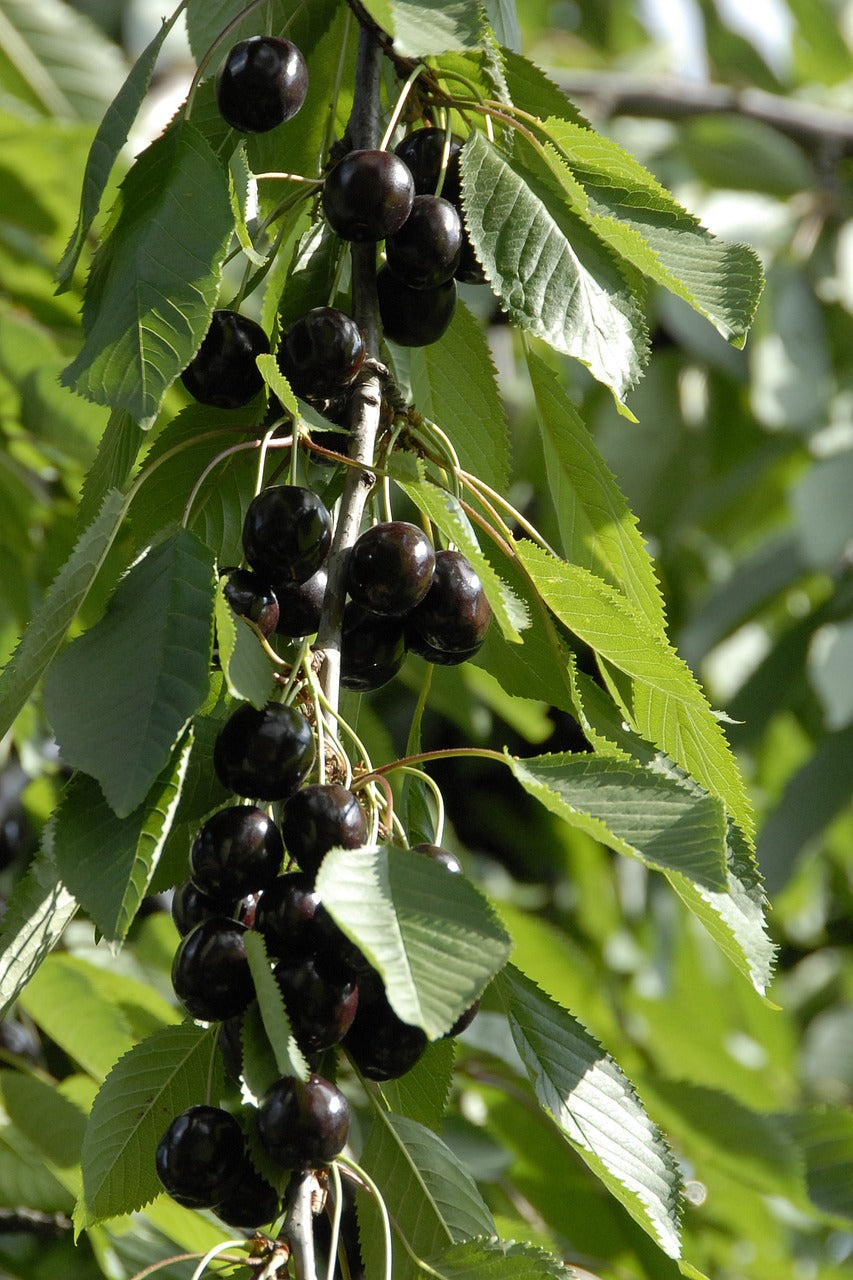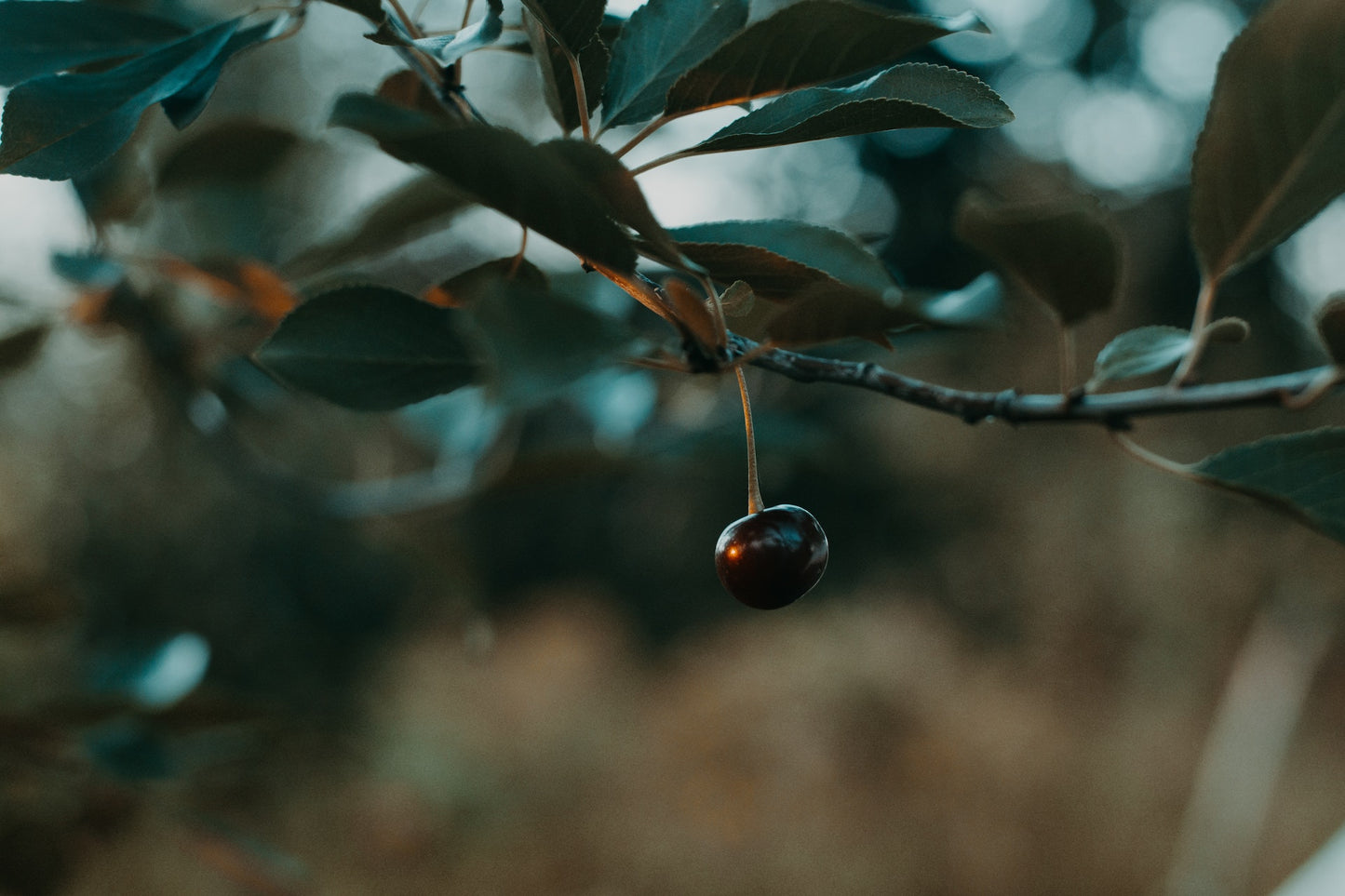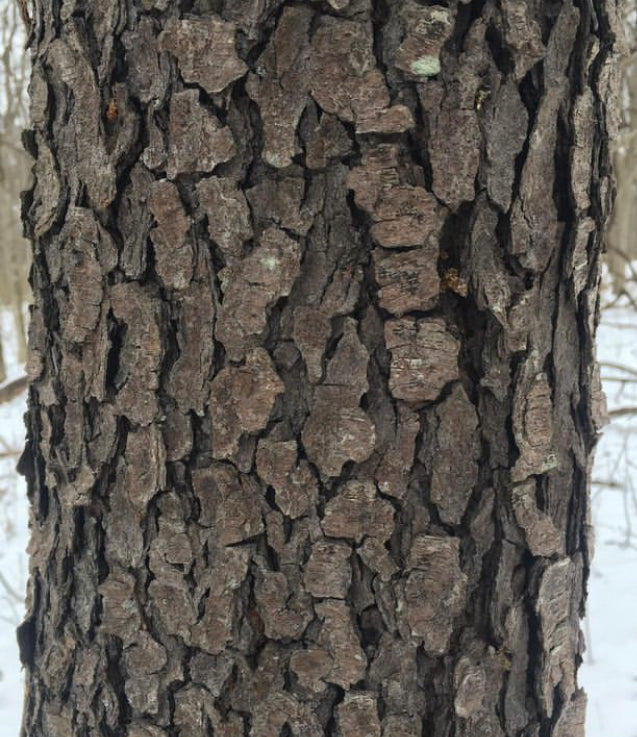Black Cherry (Prunus serotina)
Black Cherry (Prunus serotina)
Couldn't load pickup availability
Why We Grow It
Why We Grow It
Black Cherry is a vital addition to food forests and ecological systems due to its multifunctionality. It provides habitat and forage for birds, pollinators, and mammals while offering edible fruit and high-value timber. Its deep roots improve soil structure and prevent erosion, while its canopy creates microclimates for shade-tolerant plants. The tree’s resilience and versatility make it a cornerstone species in sustainable designs, contributing both ecological benefits and economic value.
How the Plant Grows
How the Plant Grows
Black Cherry grows quickly in its early years, developing a straight trunk and a rounded, spreading canopy. Its glossy, dark green leaves turn golden yellow in the fall, adding seasonal beauty. In spring, it produces clusters of fragrant white flowers that attract pollinators, followed by small black fruits in late summer. Its deep roots and adaptability to various soil types make it a resilient and hardy species, suitable for diverse landscapes
Plant Size
Plant Size
Size at Maturity- Grows up to 50-80 feet tall with a spread of 30-50 feet.
Current Size- Large 2'-3' 1 year old seedling
Small 6"-12"
B Grade Skinny ~ 6"
Additional Info
Additional Info
Black Cherry is native to North America and has been valued for centuries for its many uses. Its dense, reddish wood is highly sought after for fine furniture and cabinetry, earning it a reputation as a premium timber tree. The small, tart black fruits are beloved by birds and wildlife, while humans use them to make syrups, jams, wines, and medicinal remedies. In agroforestry, Black Cherry serves as an excellent shade tree, shelterbelt component, and wildlife forage source. Historically, the tree’s bark was used to make tonics and teas, demonstrating its role in traditional medicine.
Black Cherry is the monster forestry tree cousin of the orchard cherries you are used to seeing. This beautifully barked tree is a wildlife food staple and is being used experimentally out of its native region as a forestry crop in places like Idaho for its prized timber. It produces a prodigious amount of blossoms in the spring that are great for supporting pollinators too. It is a key player in its native habitat and can be integrated into cultivated plantings to provide yields of small fruits, timber and shelter belt aesthetics.
Share




Plant Highlights
-

Water
Moderate water needs; drought-tolerant once established
-

Pollination
Self-fertile but benefits from cross-pollination to enhance fruit yield.
-

Soil
Thrives in well-drained soils with a neutral to slightly acidic pH (6.0–7.0); tolerates sandy or loamy conditions
-

Years to Bear
Begins producing fruit at 10 years in the wild, but quicker in cultivation
-

Hardiness
Zones 3, tolerating temperatures as low as -40°C
-

Solar
Prefers full sun but tolerates partial shade
Subscribe to our emails
Lots of Free Growing Info. Be the first to know about new plants and exclusive discounts.










